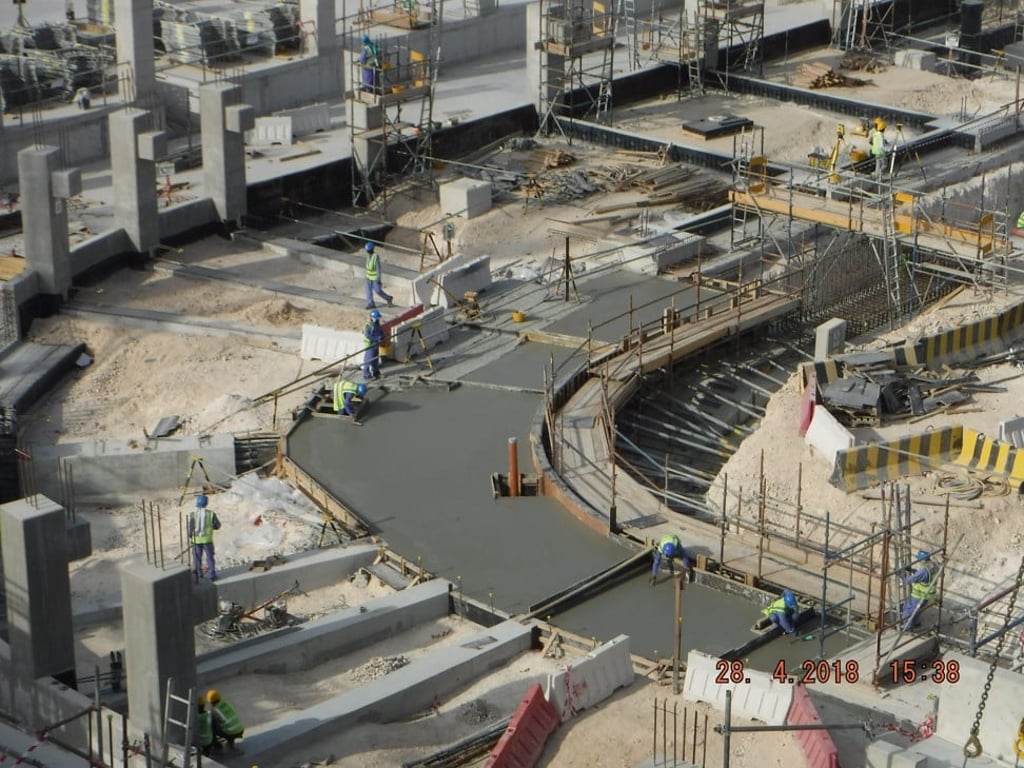China a pillar of strength in Qatar’s fightback against Arab blockade
Its Middle Eastern neighbours tried to choke the small Gulf state, but in effect forced Qatar to find creative solutions, new trade routes, and push reforms at a faster pace

China is just what the doctor ordered for Qatar after its neighbours turned the heat up on the small Persian Gulf emirate a year ago for its alleged support of Islamist groups and ties with Iran. From snapping up Qatar’s energy supplies and filling in with the merchandise that used to come from its neighbours, to building the country’s main football stadium for the 2022 World Cup, the Asian giant has been a pillar of strength in Qatar’s fightback.

A land, air and sea blockade by immediate neighbours Saudi Arabia, Bahrain and the United Arab Emirates, along with Egypt, threw the gas-rich economy into a tailspin last June. Real estate prices plunged and supermarket shelves emptied out in anticipation of a food shortage. Non-oil economic growth rate slowed to about 4 per cent last year from 5.6 per cent in 2016, while central bank reserves fell from US$31 billion to US$15 billion.
“The sole land border on the south was completely blocked off by Saudi Arabia. Some 90 per cent of our goods, including food, water and medicine came from that side,” said Sheikh Saif bin Ahmed Al Thani, director of the government communications office.
What’s behind crown prince’s crackdown in Saudi Arabia – and where will it lead?
Spunky Qatar refused to give in to the demands of the Arab blockaders, which included shutting down its Al Jazeera television channel and scaling down ties with Iran. Instead, the peninsular country with 2.5 million people led by a 38-year-old emir, Sheikh Tamim bin Hamad Al Thani, rose to the challenge. It opened new trade routes and found new suppliers, upped its exports, drew on its formidable cash reserves to ease the crisis, and started to change investment and labour laws to rev up the economy. It also kick-started a US$200 billion infrastructure binge, and innovatively diversified into new fields to meet import needs, including airlifting 10,000 cows from the US and starting an ultra-modern dairy business in the middle of a desert to reach self-sufficiency in milk.
